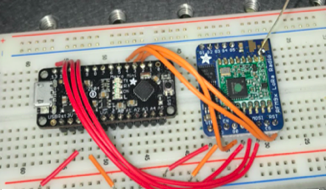Long Range Radio Communication for Urban Sensor Networks
(1) Newark Academy, Livingston, NJ, (2) Columbia University, Department of Electrical Engineering, New York, NY
https://doi.org/10.59720/20-144
Society’s technological landscape is growing rapidly. In the era of smart cities, wireless technologies and their novel applications have begun to permeate almost every aspect of urban life. From controlling traffic signals to monitoring air quality, the Internet of Things (IoT) has emerged as a field with much potential, but some challenges. Being a relatively new field of research, there is much more to discover about IoT. Before developing proposed applications of the technology in smart cities, it is imperative to fully understand how IoT-based technologies work, including Long-Range Radio Communication (LoRa). This study aimed to test the feasibility of LoRa devices in the bustling, urban environment of New York City to identify limitations in the technology. Using a testbed containing two LoRa radio modules and a monopole antenna, we determined the relationship between the distance of the radios and received signal strength to be inversely proportional. We hypothesized that Received Signal Strength Index values from the transmissions could be used to determine the maximum range. Our results supported this hypothesis by determining the maximum range to be 250 meters. In addition, we found that the relationship followed an exponential decay curve. These findings will help future researchers further understand the limitations of LoRa in urban sensor networks and ultimately create stronger IoT smart city applications.
This article has been tagged with: